Dandelion Chocolate
Stunning flavors from a purist bean-to-bar chocolate maker
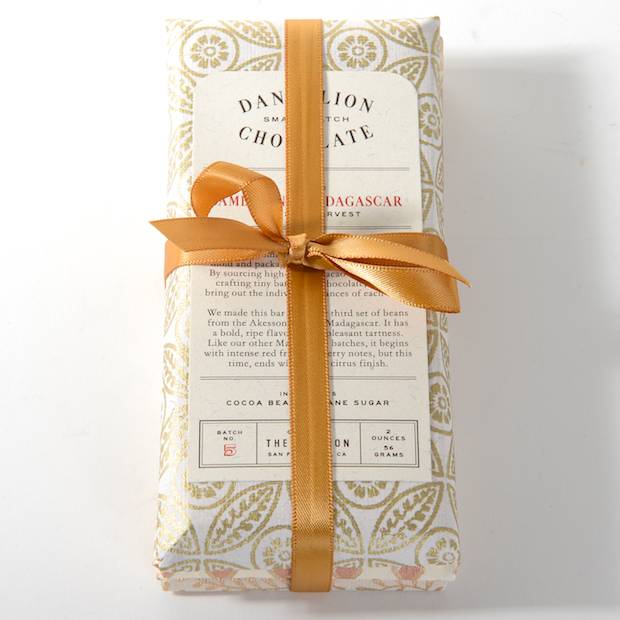
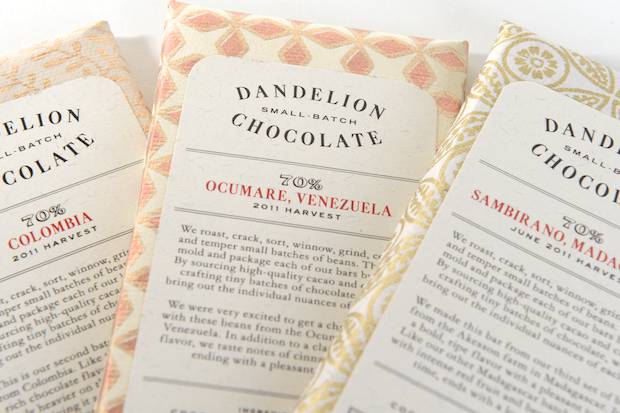
The continued evolution of the bean-to-bar and new American chocolate movements seems to have spawned bars that range from tasty to grainy. A growing outfit out of the Bay Area has quickly gained a loyal following for their products, which are made with a purist philosophy that has yielded delightful flavor and texture. Dandelion Chocolate was founded by Cameron Ring and Todd Masonis as a venture out of their garage, selling their goods at the now defunct underground food markets of San Francisco. “We had to start by buying machines and we bought a few bags of beans and just started roasting them up,” says Masonis about their humble origins. “We sort of got lucky that our first couple of batches were really good.”

What sets Dandelion apart is the simple recipe informing their product—everything is left to the bean. “All of our bars are 70% beans, 30% sugar and nothing else,” says Masonis. “Our bars all have really distinct tastes because that’s what we look for in the beans. Our Madagascar bar this harvest tastes very fruity and tastes a lot like citrus and has some strawberry and cherry notes. We’ll go to farmer’s markets, people will try it and swear that there is fruit in the bar. In fact, it’s just the bean itself.”
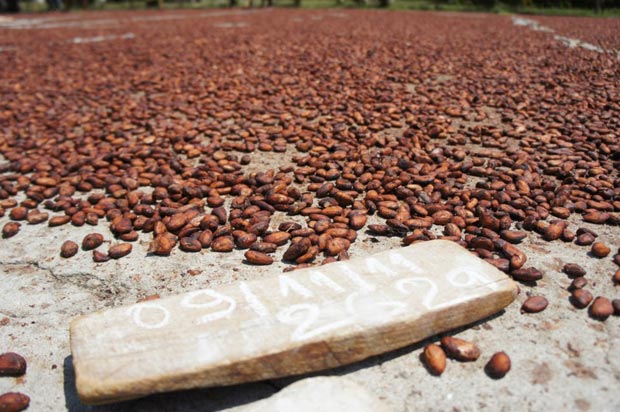
Major chocolate makers are all about consistency. To achieve an even flavor profile and texture across the board, they throw in additives. This isn’t possible with bean-to-bar, which naturally bears the mark of particular seasons, geographies and harvest methods. Masonis and Ring embrace the idea of making pure chocolate without the help of additives, producing bars in limited batches that reflect a unique bean harvested from a single place at a given time.

The texture of Dandelion Chocolate’s bars is significantly more velvety than most bean-to-bar makers. Each bar has very distinct coloration, an artifact of the particular bean. We really enjoyed the Colombian bar, which had a dark coloration and deep, rich chocolate flavor—a purist’s dream. The Madagascar bar was marked by a bold flavor profile, bursting with cherry and a slight sourness. As for the Venezuelan option, the mellow smoothness was highlighted by moments of spice and fruitiness.
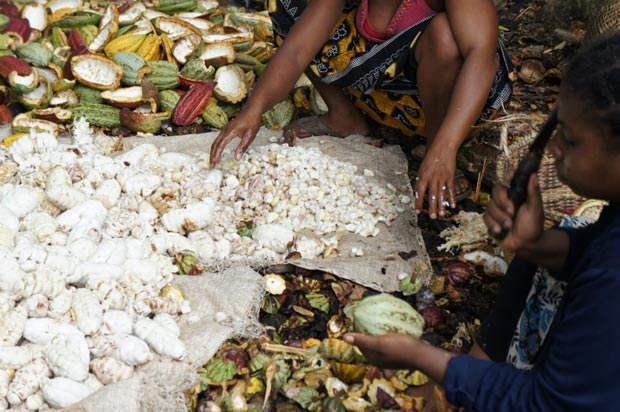
Masonis and Ring make it a point to visit the growers personally when possible to ensure they work with operations with sound labor practices. Not only does this cut out the middle man, it results in better beans that are harvested by well-treated workers. “Some of the cacao that we love the most comes from Madagascar because it has this really incredibly fruity flavor,” says Masonis, reflecting on a recent trip to the African island. “Some people find it too strong, almost overpowering, but we love it. We went to check it out and helped out on the farm for a couple days to make sure everything was on the up-and-up.”
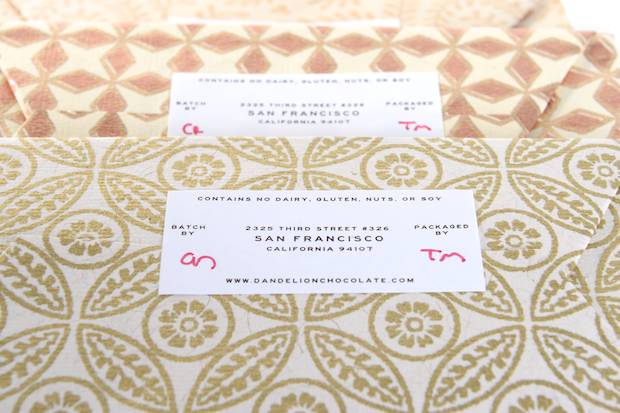
Dandelion’s packaging is made from recycled paper from India’s garment industry, lending the paper a cottony feel. On the label is printed the bean origin, harvest date, batch number and tasting notes. On the reverse you find the initials of the batch maker and packager for the individual bar. Each creation is molded and packaged by hand, the chocolate made in small, well-tended batches.
The future of Dandelion Chocolate looks promising, and the pair are currently working on getting permits to open a factory and cafe on Valencia Street in the Mission District. “We still consider ourselves getting off the ground, but it seems that people have responded really well to the chocolate. Now we’re just scrambling to make as much as we can as quickly as we can,” explains Masonis.
For now, Dandelion Chocolate can be found online and at select retail locations.












